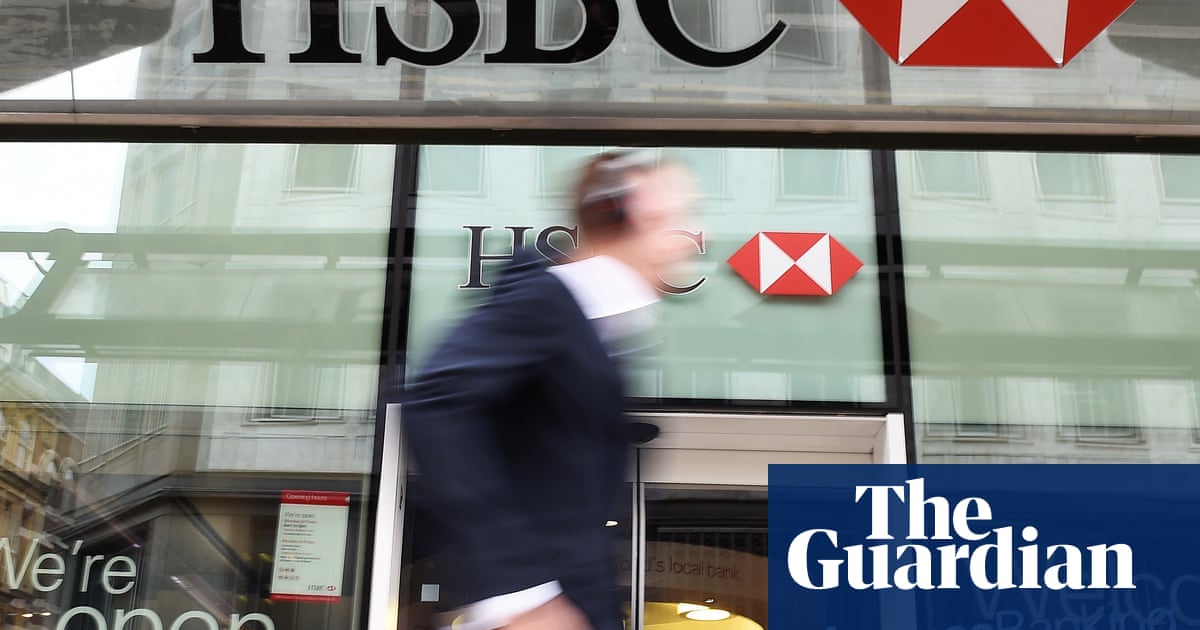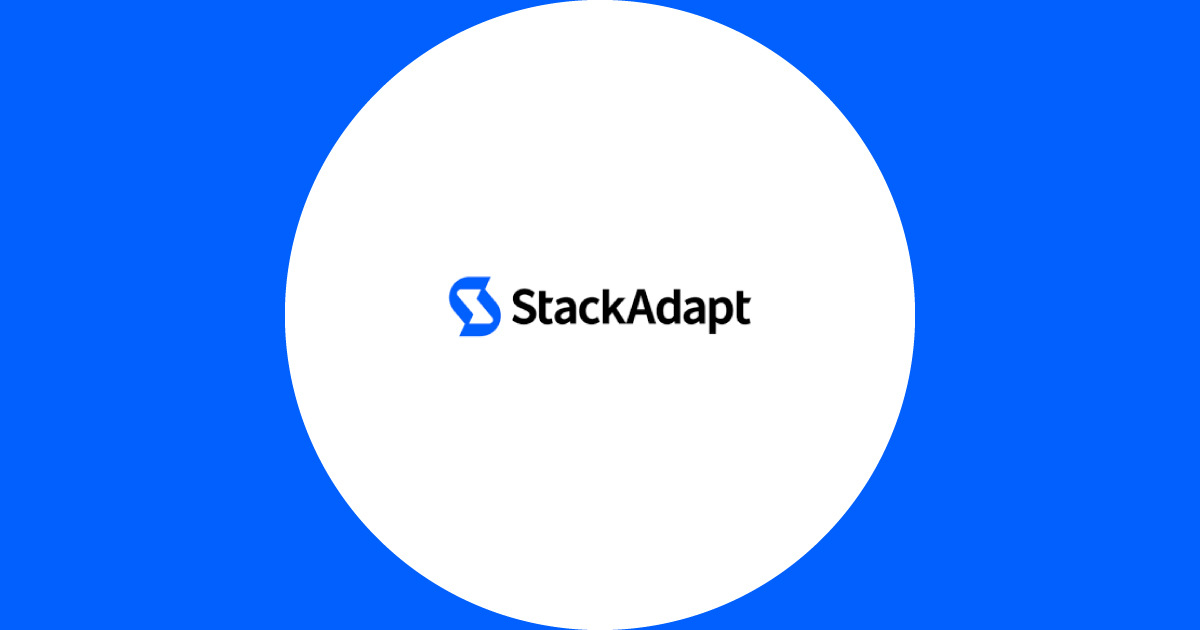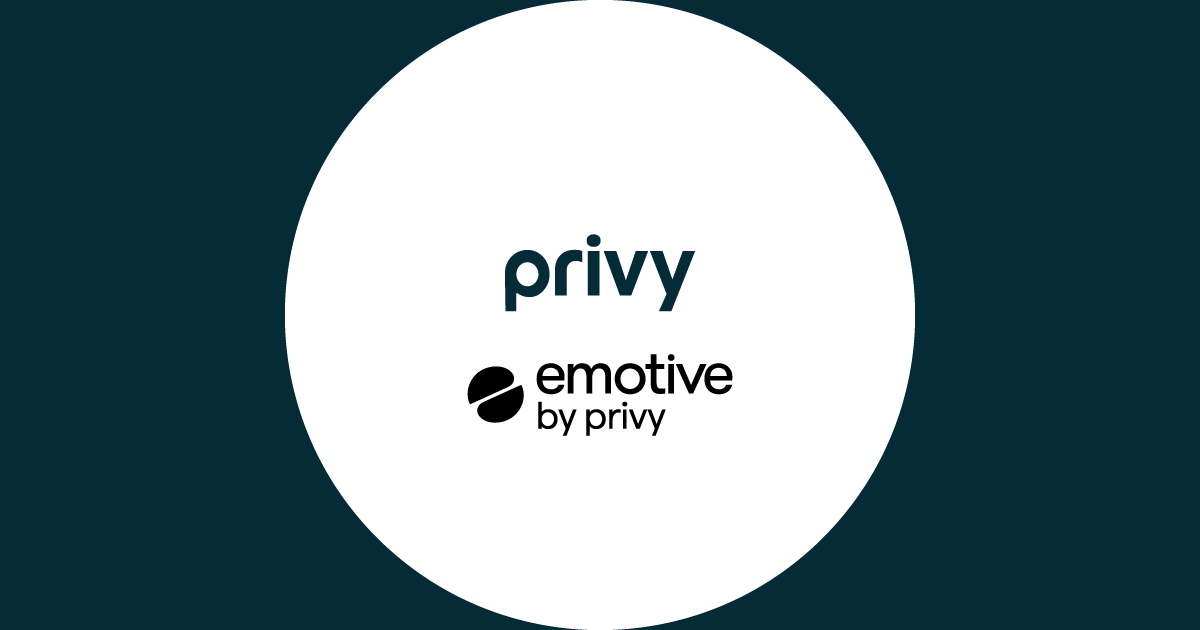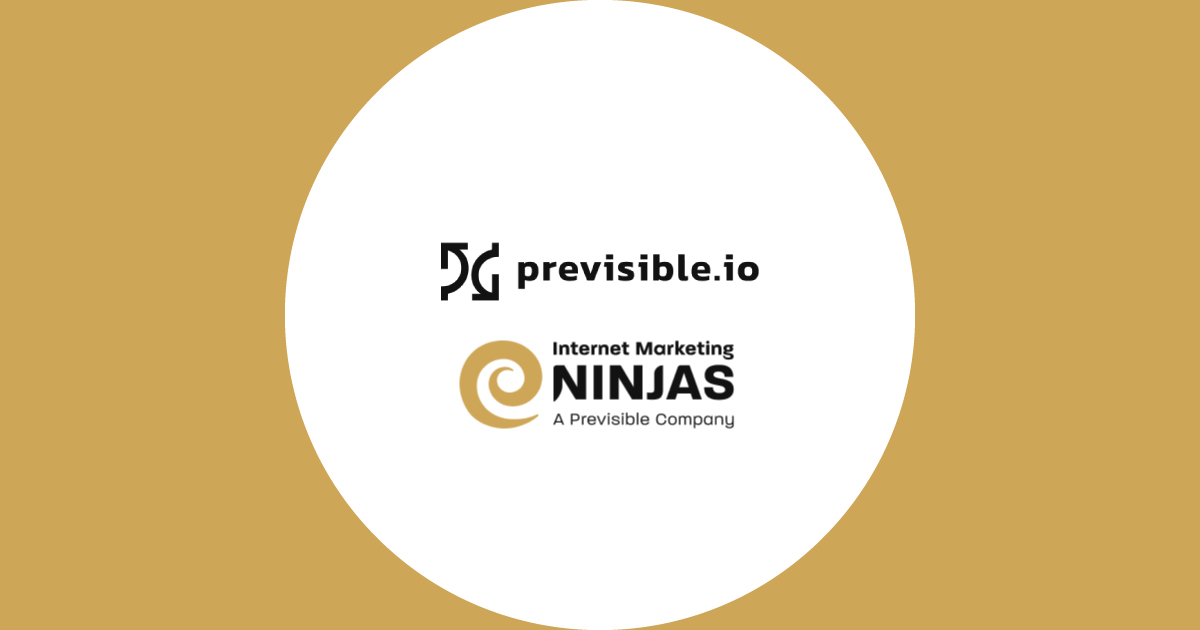AI has moved from the margins to the core of modern marketing in 2025. But while much of the noise still revolves around tools that write content copy or generate campaigns, a quieter, deeper shift is underway. AI is reshaping not just what marketers create, but how they work, plan, collaborate, and connect.

“The big opportunity is redesigning your whole workflow around AI,” says Jamie Allen, Head of Marketing at Mettle, who emphasises that surface-level uses like image generation are just the tip of
the iceberg. “The teams that properly rethink how they work—not just what they make—are going to pull ahead.”
The Human Touch in the Data-driven World

This rethinking is playing out across strategy, structure, and storytelling. In B2B marketing, for example, Anne Lathouwers, Head of Growth Marketing & Communications at E.ON One, sees
the rise of AI and analytics as a force multiplier, but not in isolation. “The buyer’s status quo is the toughest competitor,” she explains. “That’s why cross-functional collaboration between marketing, sales, and product—the triangle of success—is essential.” For her, AI’s potential is fully realised only when it’s fused with deep customer understanding and emotionally resonant narratives.
Others echo the same sentiment: AI must enhance, not erase, the human element.

“The marketers who’ll win in 2025,” says Karla Hernandez Zaldivar, Global Social Media Insights Manager at Booking.com, “are the ones who can blend automation with authenticity—using data to power
relevance without losing their brand voice or emotional connection.”
This blend becomes critical in an era of attention scarcity. Hernandez warns against flooding feeds with more content, instead urging sharper targeting and culturally relevant storytelling. It’s not just about scale anymore—it’s about significance.

That ethos carries into how teams adopt AI internally. Maria Guidi, Global Head of Digital Marketing at Sportradar, highlights that success isn’t about adopting shiny new tools—it’s about thoughtful
integration and buy-in across departments. “Don’t forget the importance of people. Tools alone don’t drive results,” she notes. “Inspire your team by showing how these tools make their work easier, more creative, and more impactful.”
How the Marketing Funnel Changes When The Buyer is a Bot Too
But AI’s impact isn’t just on content or campaigns—it’s about decision-making and data access too. Allen flags a major shift already underway: the rise of agentic AI.
“We’re already seeing people use LLMs to research and make decisions. Next up is AI acting on their behalf—buying, subscribing, switching—without the user needing to do much at all,” he says. “So how do we show up when the ‘buyer’ might be a bot?”
This evolution challenges core assumptions of the marketing funnel—and forces teams to become far more agile. Guidi puts it plainly: “Be flexible within your roadmap. This is a fast-evolving environment, and you have to adapt and shift your practices fast.”
If there’s a throughline across these perspectives, it’s this: AI isn’t replacing marketers—it’s recalibrating them. The organizations that thrive will be the ones that fuse human insight with machine intelligence, curiosity with experimentation, and creativity with data fluency.
Or, as Lathouwers puts it: “You’re not just selling to businesses. You’re still connecting with humans who happen to work in them.”

.png) 1 day ago
1
1 day ago
1






















 English (US) ·
English (US) ·